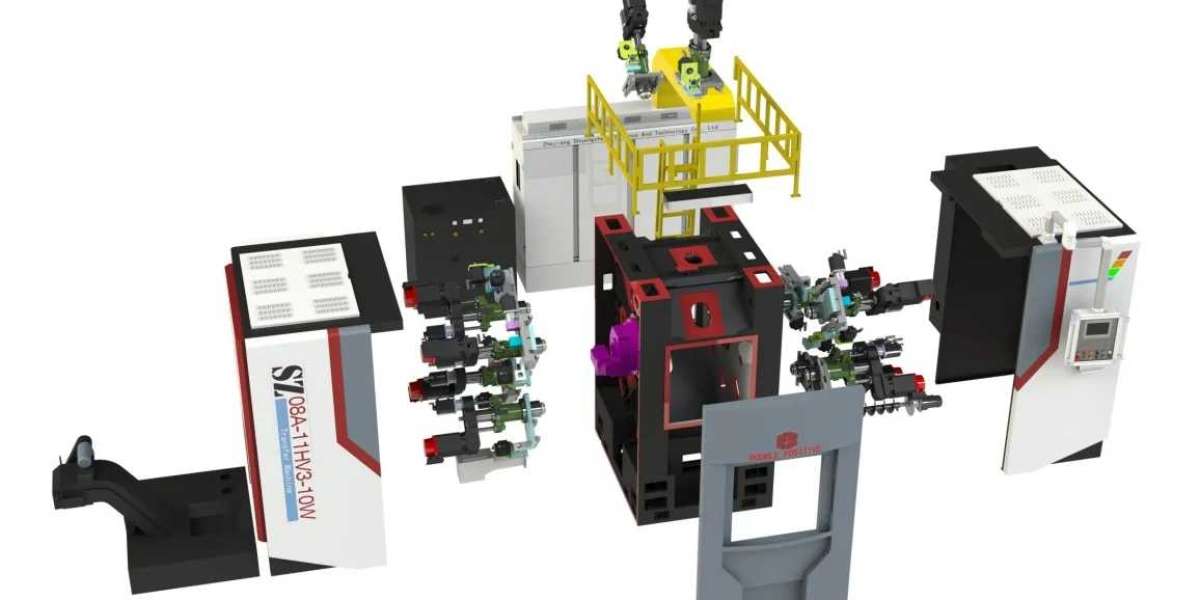In the ever-evolving landscape of the manufacturing industry, technological advancements play a pivotal role in enhancing efficiency, safety, and quality. One such groundbreaking technology is infrared thermal imaging. This innovative tool has revolutionized the way manufacturers monitor and maintain their operations, offering a plethora of advantages that are indispensable in today's competitive market.
Enhanced Predictive Maintenance
One of the most significant advantages of infrared thermal imaging in today's manufacturing industry is its ability to facilitate predictive maintenance. By detecting temperature variations in machinery and equipment, thermal imaging allows for the early identification of potential issues. For instance, overheating components can be spotted before they fail, preventing costly downtime and ensuring continuous production. This proactive approach not only saves money but also extends the lifespan of machinery.
Improved Quality Control
Quality control is paramount in manufacturing, and infrared thermal imaging provides a non-invasive method to ensure product consistency. By capturing thermal images of products during various stages of production, manufacturers can detect anomalies such as uneven heating or cooling, which may indicate defects. For example, in the automotive industry, thermal imaging can be used to inspect the uniformity of welds, ensuring that each vehicle meets stringent safety standards. This technology helps maintain high-quality output, reducing the risk of recalls and enhancing customer satisfaction.
Energy Efficiency and Cost Savings
Energy consumption is a critical concern for manufacturers, both from an environmental and financial perspective. Infrared thermal imaging aids in identifying areas where energy is being wasted, such as poorly insulated equipment or leaks in heating systems. By addressing these inefficiencies, manufacturers can significantly reduce their energy consumption and operational costs. For example, in a food processing plant, thermal imaging can pinpoint areas where refrigeration units are losing cold air, allowing for timely repairs and substantial energy savings.
Enhanced Safety Measures
Safety is a top priority in any manufacturing environment, and infrared thermal imaging contributes to a safer workplace by identifying potential hazards. For instance, electrical systems can be monitored for hotspots that may indicate faulty wiring or overloaded circuits, preventing electrical fires. Additionally, thermal imaging can be used to detect gas leaks or overheating in chemical processing plants, ensuring that workers are not exposed to dangerous conditions. By integrating this technology into their safety protocols, manufacturers can protect their employees and reduce the risk of accidents.
Streamlined Process Optimization
Process optimization is crucial for maintaining competitiveness in the manufacturing industry. Infrared thermal imaging provides valuable insights into the thermal characteristics of various processes, enabling manufacturers to fine-tune their operations. For example, in the plastics industry, thermal imaging can be used to monitor the cooling rates of molded parts, ensuring optimal cycle times and reducing production bottlenecks. By leveraging this technology, manufacturers can achieve greater efficiency and productivity.
Conclusion
The advantages of infrared thermal imaging in today's manufacturing industry are manifold, encompassing predictive maintenance, quality control, energy efficiency, safety, and process optimization. This versatile technology has become an indispensable tool for manufacturers seeking to enhance their operations and remain competitive in a rapidly changing market. By embracing infrared thermal imaging, manufacturers can not only improve their bottom line but also contribute to a safer and more sustainable industry.
In conclusion, the integration of infrared thermal imaging into manufacturing processes offers a wealth of benefits that cannot be overlooked. As the industry continues to evolve, those who adopt and innovate with this technology will undoubtedly lead the way in efficiency, quality, and safety.








